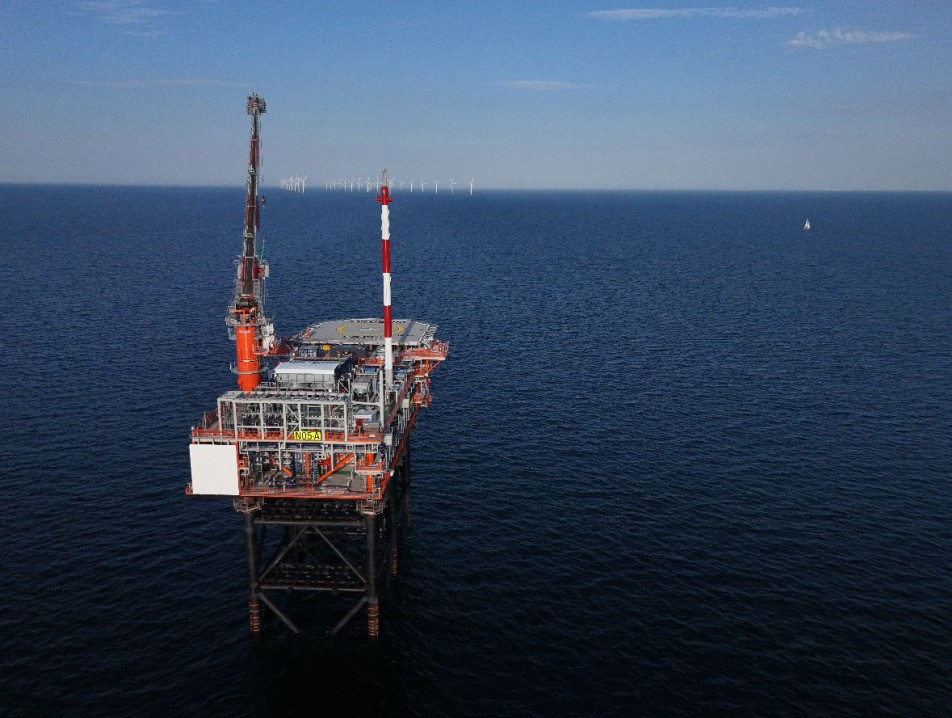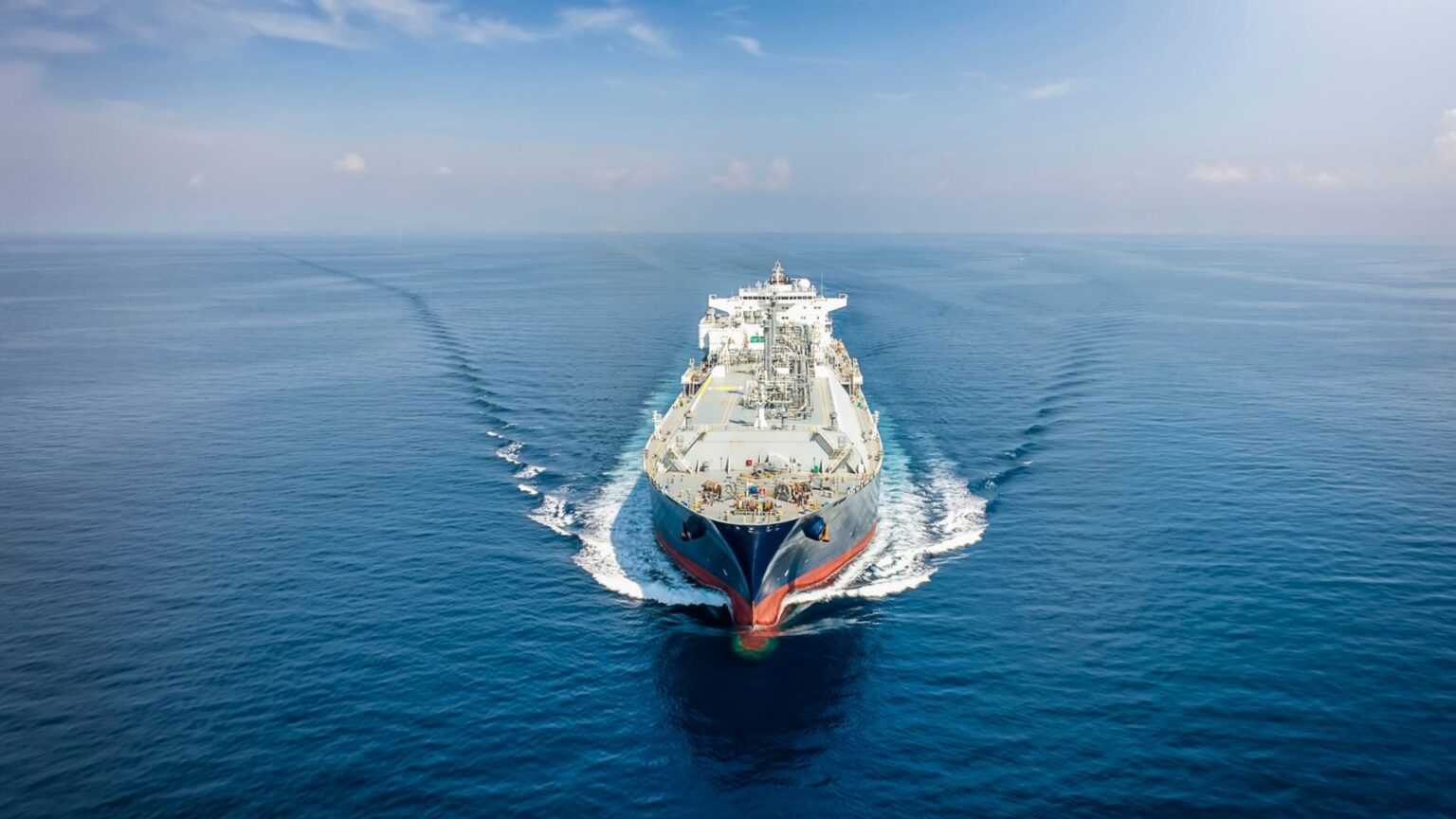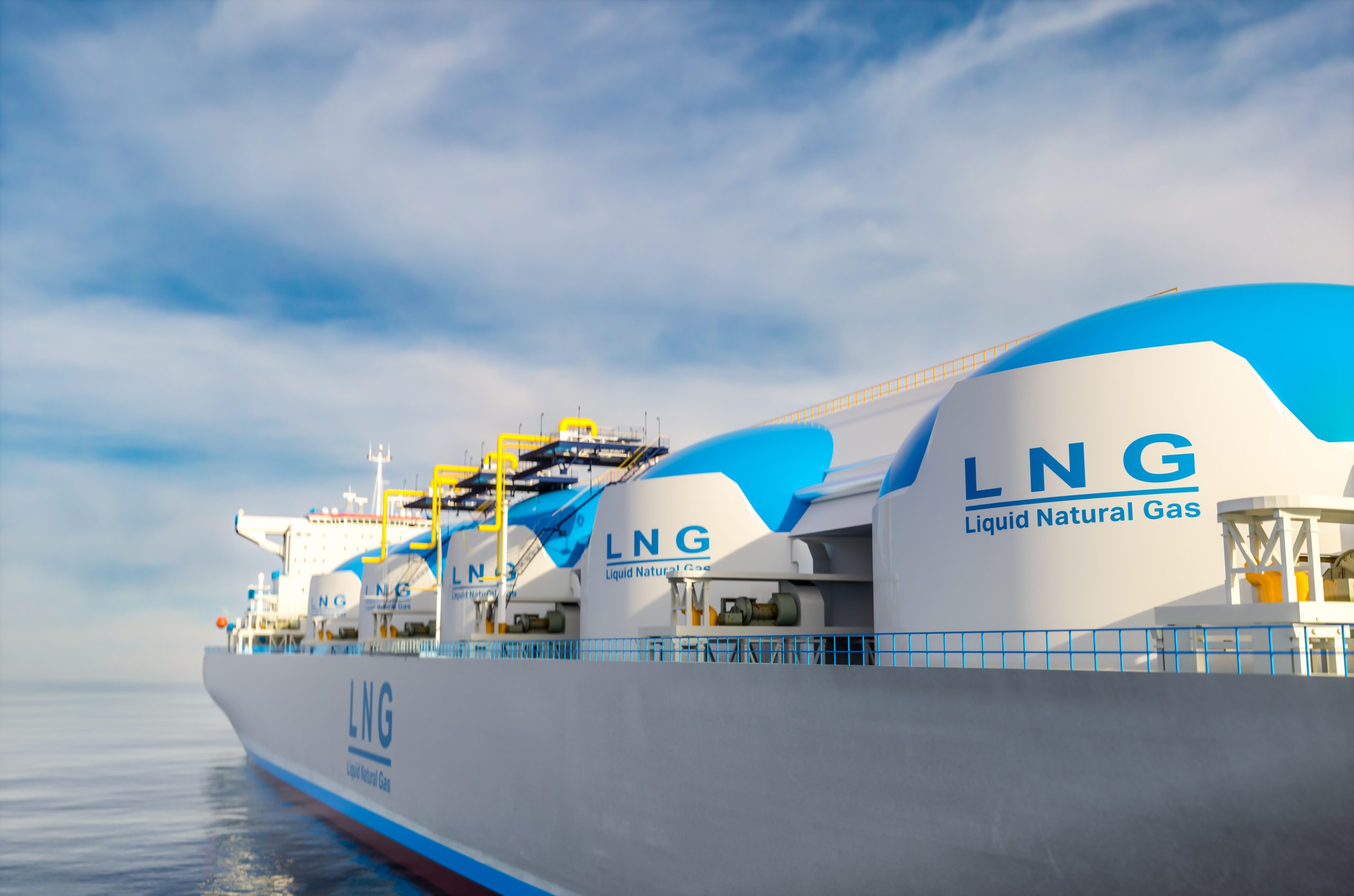ClassNK批准K Line关于LNG燃料散货船的设计方案
作者: 发布时间:2022年05月15日 浏览量:773 字体大小: A+ A-
来源:Offshore Energy 2022-05-13
翻译:国际海事信息网 顾晋瑄 张运鸿
日本航运公司川崎汽船(Kawasaki Kisen Kaisha,简称K Line)开发了两种概念性的设计方案,分别为以液化天然气(LNG)为燃料和以电池为动力的节能散货船,并且获得了日本船级社ClassNK原则上的批准(approvals in principle,简称AIP)。
K Line公司与Namura造船厂和Taiyo Electric电机产业株式会社合作开发了20万吨级好望角型散货船的概念设计方案。同时,第二个设计方案是由K Line公司、Shin Kurushima Sanoyas造船厂和Taiyo Electric电机产业株式会社联合开发的9万吨级超巴拿马型散货船。
该方案选择液化天然气作为主要燃料,设计了一种有助于减少温室气体排放的节能船。该设计通过采用永磁(permanent magnet,简称PM)轴发电机技术以及锂离子电池使之得以强化。
此外,使用电池作为机载电源平台的一部分是为了增加具有节能技术的绿色能源,从而进一步减少将来的污染气体排放量。
与使用传统重油相比,选择液化天然气作为燃料可以减少25%至30%的温室气体(GHG )排放。除此之外,该项原则性批准方案的技术特点及优势还包括采用轴式发电机技术和电池技术两方面。
除了最近原则性批准方案中为了减少温室气体排放采用的设备外,这些方案目的是通过安装各种可选技术来进一步减少将来的污染气体排放。
新一代超巴拿马型船舶的设计提出,在货物装卸过程中,船舶会使用大容量电池而非双燃料发电机,从而达到减少污染气体排放的作用。
新一代好望角型船舶设计显示,由于货物处理过程中需要大量电力,船舶将使用更大容量的电池。同时,这也将实现船舶与岸电的连接,从而减少货物处理过程中船舶产生的污染气体排放。
去年11月,该公司修订了其 《2050年环境愿景》(“Environmental Vision 2050”)的部分内容,并决定接受挑战,即实现温室气体零排放这个目标。
(本文版权归国际海事信息网所有,图片版权归原作者,转载请注明出处。)
ClassNK approves designs for LNG-fueled bulk carriers from K Line
Japanese shipping company Kawasaki Kisen Kaisha (K Line) developed two conceptual designs for LNG-fueled and battery-powered energy-saving bulk carriers and obtained approvals in principle (AIP) from compatriot classification society ClassNK.
K Line developed a conceptual design for 200,000 tonnes class capesize bulk carrier in collaboration with Namura Shipbuilding and Taiyo Electric. The second design was jointly created by K Line, Shin Kurushima Sanoyas Shipbuilding, and Taiyo Electric for 90,000 tonnes class post-Panamax bulk carrier.
By selecting LNG as the primary fuel, an energy-saving vessel has been designed that helps reduce GHG emissions. The design was further enhanced by adopting permanent magnet (PM) shaft generator technology, along with lithium-ion batteries.
Moreover, by using batteries as part of the platform for power supply onboard, the aim is to further reduce emissions going forward by later adding green energy sources with energy-saving technology.
Using LNG as fuel allows for the reduction of GHG emissions by 25 to 30 per cent compared to the use of
conventional heavy fuel oil. Besides this, AIP technical features and their benefits also include the adoption of shaft generator technology and battery technology adoption.
In addition to the equipment for greenhouse gas emissions reduction under the recent AIPs, the goal is to further reduce emissions going forward by installing various optional technologies.
In the new post-Panamax carrier design, emissions will be reduced by using large-capacity batteries instead of a dual fuel generator during cargo loading and unloading.
In the new capesize carrier design, the battery capacity will be greater due to the amount of power required during cargo handling. Here emissions during cargo handling will also be reduced by enabling vessel connection to shore power.
Last November, the company partially revised its ‘Environmental Vision 2050′ and decided to take on the challenge of achieving net-zero GHG emissions.
来源:simic
今日要闻
图片新闻
海外传真
热点报道






